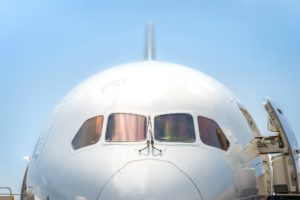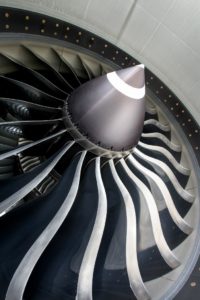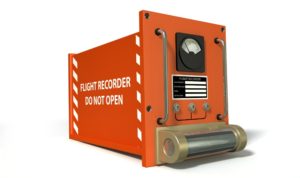Captain Lim Khoy Hing talks about the stringent tests imposed on the modern aircraft before it is declared fit to fly
With rapid technological advancements, commercial jet planes are continuously being improved to fly safer and better. Today, the hardware testing on a plane is incredibly stringent, especially on the engines and wings.
Heart of the Matter
The engines are the heart of the plane. To fulfil industry standards, the engines are tested to withstand harsh weather conditions, impact that could be caused by a possible bird strike, as well as the ingestion of rain water. The engines must also be able to endure a certain range of heat and cold, as well as the environment in the highest possible altitude that the aircraft might land.
For example, prior to its commercial release, the Airbus A350 was tested for its ability to endure extreme cold weather in Nunavut, a sparsely populated territory within the Canadian Arctic Archipelago where temperatures can drop to -28°C. Various tests in cold weather were performed to ensure that the plane complied with safety regulatory requirements.
Sharing Airspace

Image Source: Travel 3Sixty
Nothing is left to chance. As airplanes are not the only ‘occupants’ of the skies, there can be instances when an aircraft encounters a flock of birds. To ensure that a plane’s windscreen and engines are sufficiently resilient to withstand a bird strike, a chicken gun test is conducted. The chicken gun is a compressed-air cannon that, as terrible as it sounds, fires dead chickens at the jet engine or windscreen to simulate bird strikes. If the engine or windscreen fails the test, it is re-designed to attain the necessary durability.
The tests that are conducted and the re-designing that takes place are part and parcel of the development stage of the plane. Rest assured, the engines and windscreens on your aircraft have already passed all the tests (with flying colours!).
Through Hail & Storm

I have often been asked what happens when a plane flies through heavy rain. Jet engines are very reliable and have gone through the water ingestion test beforehand. For instance, a hose is used to blast 800 gallons of water per minute into the General Electric jet engine, to ensure that even the heaviest rainfall would simply pass through the engine without any adverse effect. Planes are also made to taxi at high speed through a specially constructed pool of water to test the operational effectiveness of the engines, reversers and braking systems. Additionally, engineers fire loosely compacted ice into the engines to simulate the effects of an aircraft cruising through hailstorms.
Flex Power

To ensure that the wings and body structure are sufficiently strong, static tests are carried out to assess how the various parts react under different loads (weights). On the Airbus A350, the wings are flexed to almost 90 degrees and subjected to a load of up to 1.5 times greater than that which would normally be experienced during a flight.
The Red Box

One reader recently asked me why aircraft manufacturers do not make planes out of the same material as the black box (flight data recorder that is compulsory on all commercial aircraft), which is able to withstand great amounts of pressure. Interestingly, the black box is not actually black but red.
Black boxes are designed to be extremely tough, and are able to endure an acceleration of 3,400 times the force of gravity and bear a temperature of 2,000°C.
Building a plane with similar features – where for instance, it is fire-resistant far beyond the necessary design capacity, or can sustain incredibly high pressure – would make it so heavy that it would not be able to fly!
Thankfully, to enable flight while maintaining requisite safety standards, the airline industry has resolved some of the weight-related issues by using composite materials to build airplanes. These materials are light yet strong, and contribute to reduced fuel consumption, which in turn lowers airline operational costs.
Safety First
Modern planes are rigorously tested to meet the aviation industry’s stringent safety standards. Today’s aircraft fly further than ever before and need to stay resilient in all kinds of unexpected weather conditions as they speed across the skies. Passenger safety is paramount – the primary reason for such intensive safety tests.
So, if you are sitting by the window and happen to see the wings flex a little in mid-flight, bear in mind that they have been designed for that purpose, and there is no cause for concern. Just lean back, relax and enjoy your journey.
With that, I wish you a happy flight!
Posted: 05.06.18